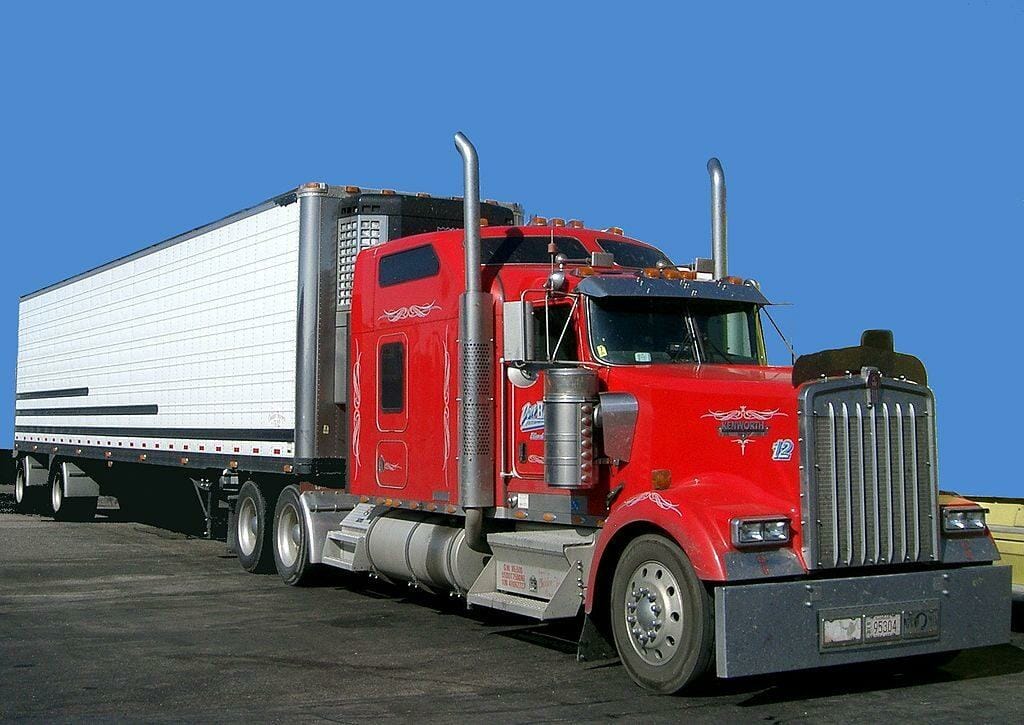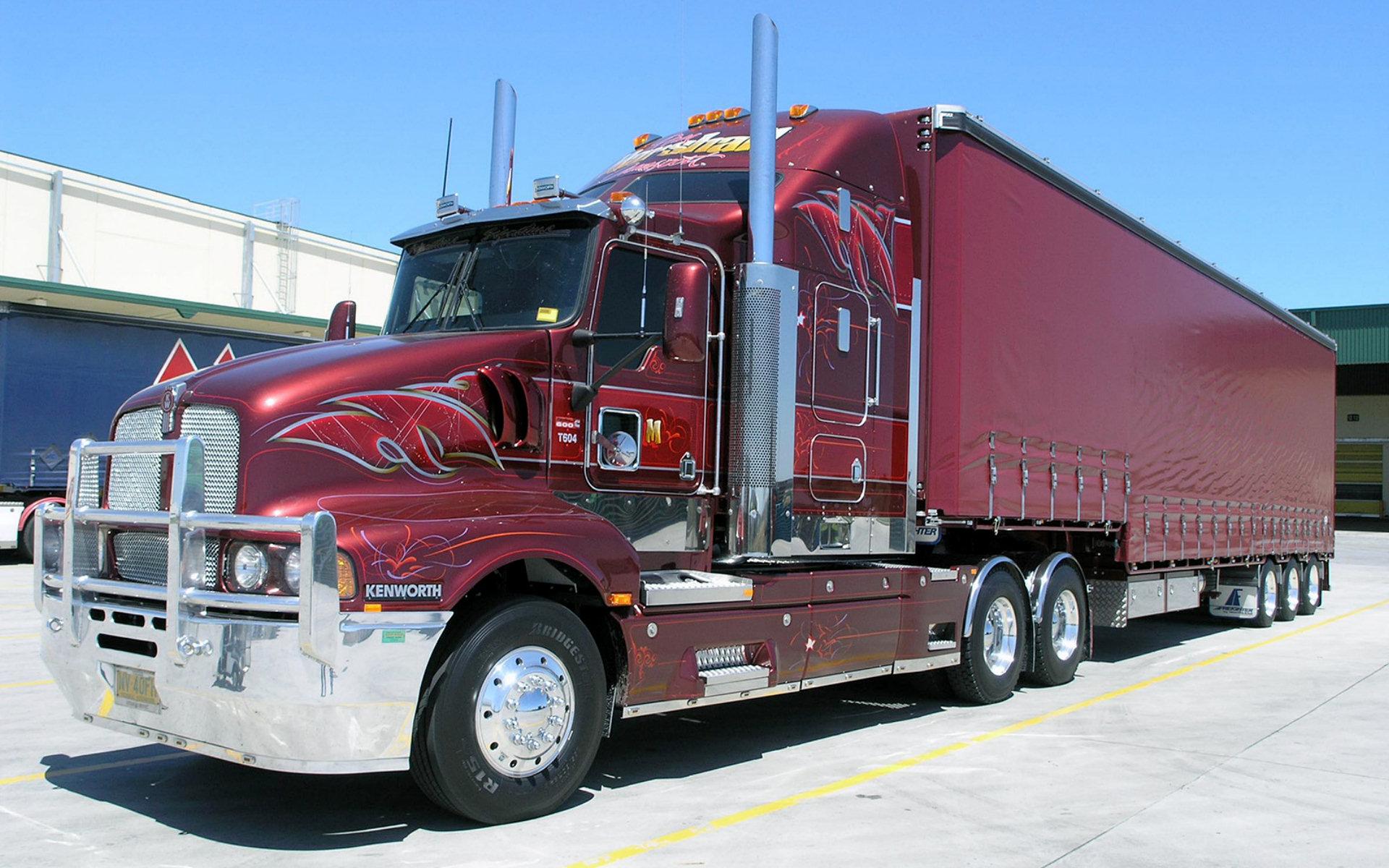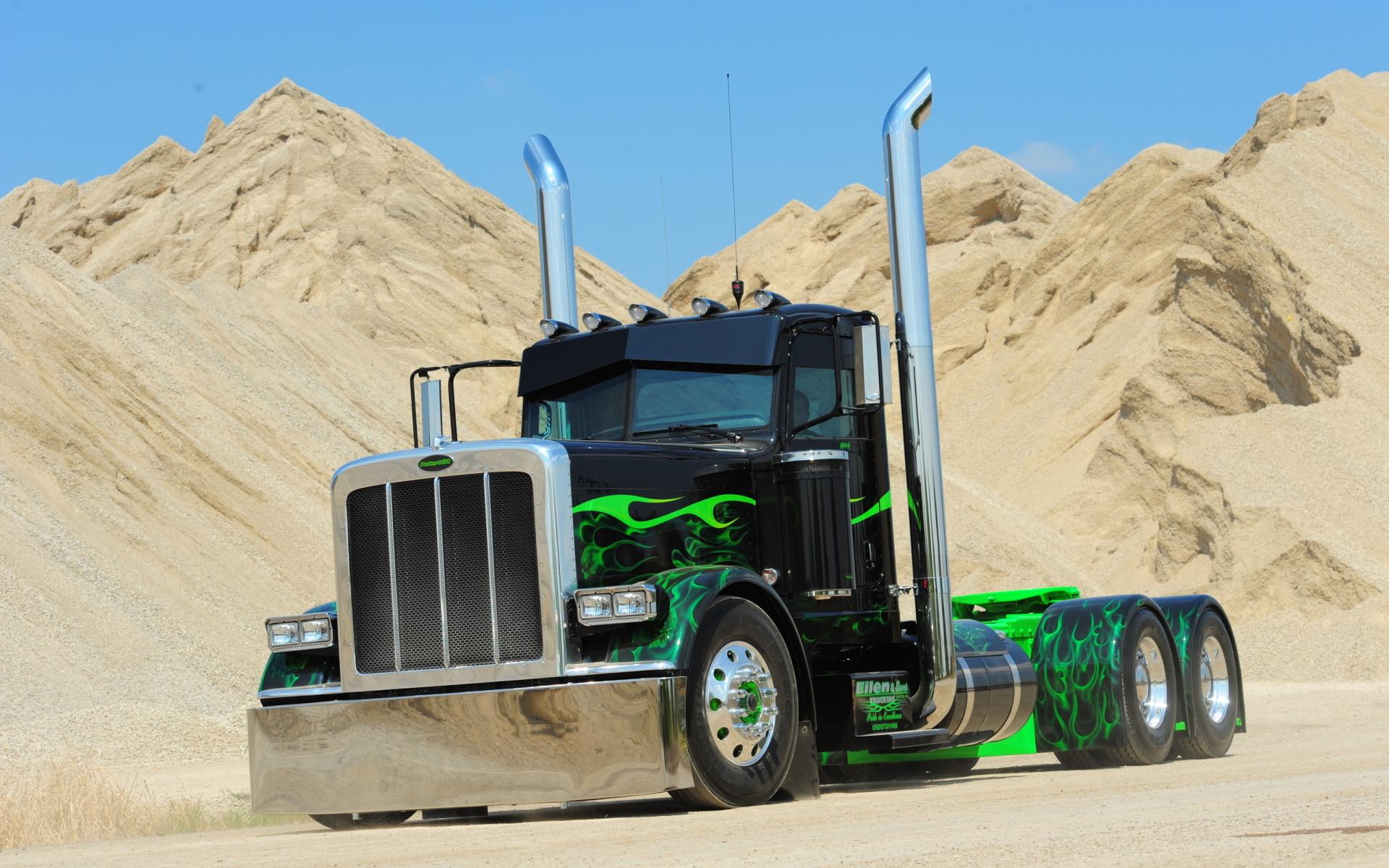The Miniature Marvel: Exploring the World of the Semi Truck Golf Cart pickup.truckstrend.com
In a world increasingly drawn to unique expressions of creativity and utility, few vehicles capture attention quite like the Semi Truck Golf Cart. Far more than just a novelty, this fascinating hybrid machine blends the iconic grandeur of a commercial semi-trailer truck with the compact, maneuverable chassis of a standard golf cart. It’s a whimsical yet often highly functional creation that turns heads, sparks conversations, and serves a surprising array of purposes, from promotional tools to personal transport on sprawling properties. This comprehensive guide delves into the essence of the Semi Truck Golf Cart, exploring its appeal, construction, applications, and all the vital considerations for enthusiasts and prospective owners alike.
What Exactly is a Semi Truck Golf Cart?
The Miniature Marvel: Exploring the World of the Semi Truck Golf Cart
At its core, a Semi Truck Golf Cart is a custom-built, miniature replica of a full-sized tractor-trailer, meticulously crafted onto the foundation of a golf cart. This transformation typically involves extending the golf cart’s frame, fabricating a custom body (including the cab, hood, and often a sleeper berth), and adorning it with details like chrome stacks, miniature fuel tanks, and elaborate lighting that mimic its larger counterparts.
The donor vehicle is almost always a standard golf cart, either electric or gas-powered, chosen for its relatively simple chassis, drivetrain, and low-speed capabilities. The magic happens in the custom bodywork, which can range from a simplistic, fun facade to an incredibly detailed, scaled-down masterpiece that’s virtually indistinguishable from a real semi-truck at first glance. These miniature marvels are a testament to ingenuity, blending automotive craftsmanship with a playful spirit, making them a unique category within the world of custom vehicles.
The Enduring Appeal and Diverse Applications
The allure of the Semi Truck Golf Cart lies in its unique blend of charm, utility, and the sheer wow factor it generates. Its applications are as diverse as the imaginations of its builders and owners:
- Novelty and Entertainment: Perhaps the most obvious use, these miniature trucks are superstars at parades, car shows, and community events. Their distinctive appearance makes them instant crowd-pleasers, providing entertainment and a touch of whimsy wherever they go.
- Promotional and Marketing Tools: Businesses, especially those in the trucking, logistics, or automotive industries, often commission Semi Truck Golf Carts as mobile billboards. They are highly effective for brand promotion, product launches, and drawing attention at trade shows or corporate events, leaving a memorable impression on potential clients.
- Personal and Property Transportation: For owners of large estates, ranches, or private communities, a Semi Truck Golf Cart can serve as unique and practical personal transport. They are perfect for navigating sprawling grounds, carrying light loads, or simply enjoying a leisurely drive in a one-of-a-kind vehicle.
- Hobby and Customization: For many, the joy is in the build itself. The Semi Truck Golf Cart provides an ideal canvas for enthusiasts to showcase their fabrication, painting, and detailing skills. It’s a rewarding project that allows for endless personalization and creative expression.
- Utility (Limited): While not designed for heavy hauling, some models can be equipped with a small flatbed or a miniature trailer, enabling them to transport tools, equipment, or supplies around a property, adding a layer of practical utility to their charming aesthetics.

Building Your Own Semi Truck Golf Cart: A Glimpse into the Process
Creating a Semi Truck Golf Cart is a journey that combines engineering, artistry, and a good deal of patience. Whether undertaken by a professional custom shop or a dedicated DIY enthusiast, the process generally follows several key stages:

- Donor Vehicle Acquisition: The first step is to secure a suitable golf cart. Used electric models are often preferred due to their quieter operation and simpler drivetrain, which makes modifications easier. Gas carts offer longer range but introduce more complexity.
- Design and Planning: This crucial phase involves sketching, digital rendering (CAD), and sometimes even creating scale models. Detailed planning ensures correct proportions, structural integrity, and the integration of all desired features. Considerations include the desired truck style (e.g., Peterbilt, Kenworth, Freightliner), cab type (day cab, sleeper), and overall length.
- Frame Modification: To accommodate the longer truck body, the golf cart’s frame often needs to be extended and reinforced. This requires welding and structural engineering to ensure stability and safety, especially when adding weight.
- Body Fabrication: This is where the truck takes shape. Materials like fiberglass, sheet metal, wood, or even high-density PVC are used to construct the cab, hood, fenders, and sleeper. Precision cutting, shaping, and bonding are essential for a realistic look.
- Aesthetics and Detailing: This stage brings the miniature semi to life. It involves meticulous painting, often with professional automotive finishes, and the addition of chrome accents, custom grilles, miniature exhaust stacks, fuel tanks, and elaborate lighting systems (headlights, marker lights, tail lights).
- Interior Customization: The interior can be outfitted with comfortable seating, a custom dashboard, a unique steering wheel, and even miniature gauges or a sound system, enhancing the driving experience.
- Power and Performance Adjustments: While the original golf cart drivetrain can suffice for light use, many builders opt to upgrade the motor, controller, and battery pack (for electric models) to compensate for the added weight of the custom body and to achieve slightly better performance or range.
- Safety Integration: Crucial safety features like robust braking systems, adequate lighting, mirrors, and potentially even seatbelts must be integrated. Stability is also a key consideration, especially with a longer wheelbase and higher center of gravity.

Key Considerations Before Acquiring or Building
Embarking on the journey of owning a Semi Truck Golf Cart requires careful thought regarding several practical aspects:
- Cost: This is a significant factor. While a donor golf cart might be relatively inexpensive, the custom fabrication, materials, specialized parts, and professional labor (if not DIY) can quickly escalate the total cost into thousands, or even tens of thousands, of dollars.
- Legality and Regulations: This is perhaps the most critical consideration. Semi Truck Golf Carts are generally not street legal for public roads in most jurisdictions. They are typically restricted to private property, golf courses, or special events. Some areas may allow them as Low-Speed Vehicles (LSVs) if they meet specific requirements (lights, turn signals, seatbelts, etc.), but regulations vary widely by state and municipality. Always research local laws thoroughly.
- Maintenance: While based on a golf cart, the custom bodywork and potential performance upgrades add complexity. Maintenance might require specialized knowledge or custom parts, making it more involved than servicing a standard golf cart.
- Storage: Due to their custom dimensions and added length, these vehicles require more storage space than a typical golf cart.
- Purpose: Clearly defining the primary use of the Semi Truck Golf Cart will help guide design choices, budget allocation, and the overall feasibility of the project.
- Professional Build vs. DIY: Assess your skill level, available tools, and time commitment. A professional build offers superior quality and safety but comes at a premium price. DIY offers cost savings and the satisfaction of creation but demands significant expertise and time.
Types and Customization Options Galore
The world of Semi Truck Golf Carts is incredibly diverse, limited only by imagination. Here are some common types and customization options:
- By Truck Style: Replicas can mimic virtually any commercial truck, from classic long-nose Peterbilts and Kenworths to modern aerodynamic Freightliners and Volvos. Some even replicate dump trucks, tankers, or flatbed configurations.
- Cab Type: Common choices include day cabs (no sleeper) for a more compact design or sleeper cabs for enhanced realism, even if the sleeper isn’t functional.
- Power Source: While electric golf carts are popular for conversions due to their quietness and simpler mechanics, gas-powered conversions are also done, offering longer range and quicker refueling.
- Luxury Features: High-end builds can include air conditioning, advanced sound systems, elaborate LED lighting packages, chrome accessories, custom interiors, and even miniature air horns.
- Matching Trailers: Many owners opt for matching miniature trailers, which can be flatbeds, enclosed box trailers, or even miniature tankers, completing the full "big rig" look and sometimes offering limited hauling capacity.
Practical Tips for Owners and Enthusiasts
For those who own or aspire to build a Semi Truck Golf Cart, here are some practical tips:
- Prioritize Safety: Always ensure your build is structurally sound, has effective brakes, proper lighting, and good visibility. Never overload the vehicle.
- Regular Maintenance: Due to the custom nature, proactive maintenance is crucial. Regularly check the frame, body mounts, electrical connections, and drivetrain components.
- Join the Community: There are online forums, social media groups, and local clubs dedicated to custom golf carts and miniature vehicles. These communities are invaluable resources for advice, parts, and inspiration.
- Showcase Your Build: Don’t keep your masterpiece hidden! Take it to local car shows, parades, or community events. Sharing your creation is part of the fun.
- Document Your Process: If you’re building one, take photos and videos throughout the process. This helps with troubleshooting, sharing your work, and future maintenance.
Challenges and Solutions in the Miniature World
Building and owning a Semi Truck Golf Cart isn’t without its challenges, but most have viable solutions:
- Challenge: Added Weight and Performance Impact. Custom bodywork adds significant weight, which can strain the original golf cart motor and batteries, leading to reduced speed and range.
- Solution: Upgrade the motor, controller, and battery pack (for electric models). Consider a higher-capacity gas engine for gas conversions.
- Challenge: Stability Issues. A longer wheelbase and potentially higher center of gravity from the custom body can affect stability, especially during turns.
- Solution: Meticulous design with proper weight distribution, reinforcement of the frame, and potentially suspension upgrades or wider tires.
- Challenge: Cost Overruns. Custom fabrication and specialized parts can quickly exceed the initial budget.
- Solution: Create a highly detailed budget before starting. Source used parts where possible, and be prepared to fabricate components yourself to save labor costs.
- Challenge: Legal Restrictions. Driving these on public roads is often illegal.
- Solution: Thoroughly research local Low-Speed Vehicle (LSV) laws. Plan to primarily use the vehicle on private property or for specific events where permits are obtained.
- Challenge: Sourcing Custom Parts. Finding miniature chrome stacks or specific replica components can be difficult.
- Solution: Fabricate parts yourself, repurpose existing items, or connect with specialized custom golf cart builders and suppliers.
Semi Truck Golf Cart Estimated Pricing Guide
The cost of a Semi Truck Golf Cart varies dramatically based on whether you build it yourself, the complexity of the design, the quality of materials, and whether you hire professional builders. This table provides a general estimate.
| Category | Description | Estimated Price Range (USD) | Key Factors Influencing Price |
|---|---|---|---|
| DIY – Donor Cart | Used, basic golf cart (electric or gas) to start the conversion. | $1,000 – $3,000 | Age, condition, battery health (for electric), brand. |
| DIY – Materials & Components | Fiberglass, metal, wood, paint, chrome parts, lighting, extended frame parts. | $2,000 – $10,000+ | Complexity of design, quality of materials, level of detail, sourcing of custom parts. |
| Custom Built – Entry-Level | Professionally built, basic semi-truck aesthetic, standard golf cart performance. | $8,000 – $15,000 | Simpler design, less intricate detailing, standard components, basic paint. |
| Custom Built – Mid-Range | Professionally built, good detail, upgraded performance (motor/battery), custom paint. | $15,000 – $30,000 | More accurate scale, custom interior, enhanced lighting, minor performance upgrades, higher quality finishes. |
| Custom Built – High-End / Show Quality | Professionally built, highly detailed, premium materials, advanced features, custom trailer. | $30,000 – $60,000+ | Exact replica detailing, premium automotive paint, luxury interior, advanced electronics, performance upgrades, custom matching trailer, unique features. |
| Additional Costs (Varies) | Shipping, special accessories (mini air horn, sound system, AC), maintenance. | $500 – $5,000+ | Distance for shipping, complexity of accessories, ongoing upkeep. |
Note: These are estimates. Actual prices can vary significantly based on location, specific builder, material costs, and the level of customization requested.
Frequently Asked Questions (FAQ) about Semi Truck Golf Carts
Q1: Are Semi Truck Golf Carts street legal?
A1: Generally, no. Most Semi Truck Golf Carts are designed for use on private property, golf courses, or at special events. Some jurisdictions may allow them on public roads if they meet specific Low-Speed Vehicle (LSV) requirements (e.g., lights, turn signals, seatbelts, specific speed limits), but regulations vary widely. Always check local laws.
Q2: How fast do they go?
A2: Their speed is typically limited by the golf cart’s original drivetrain. Most travel at standard golf cart speeds, around 15-25 mph. Some builds with upgraded motors and controllers might reach 30 mph, but higher speeds are not recommended due to safety and stability concerns.
Q3: Can they tow a real trailer?
A3: No, they cannot tow real commercial trailers. They are designed for aesthetic appeal or very light utility. Some Semi Truck Golf Carts can tow small, custom-made miniature trailers for display or light hauling, but never anything substantial.
Q4: How much do they weigh compared to a regular golf cart?
A4: A standard golf cart weighs around 500-1,000 lbs. A Semi Truck Golf Cart can weigh significantly more, often ranging from 800-1,500 lbs or even more, depending on the materials used and the level of detail. This added weight impacts performance and handling.
Q5: Where can I buy a Semi Truck Golf Cart?
A5: You typically won’t find them at standard golf cart dealerships. They are usually acquired through:
- Custom Builders: Specialized shops that fabricate unique vehicles.
- Online Marketplaces: Websites like eBay, Facebook Marketplace, or specific custom vehicle forums.
- Direct from Owners: Sometimes sold at car shows or through word-of-mouth.
- Build Your Own: For the mechanically inclined, this is a popular option.
Q6: Are they difficult to maintain?
A6: More so than a standard golf cart. While the underlying golf cart components are familiar, the custom bodywork, wiring for elaborate lighting, and any performance upgrades can require specialized knowledge. Regular inspection of custom mounts and connections is crucial.
Conclusion
The Semi Truck Golf Cart stands as a remarkable testament to human ingenuity and the enduring appeal of personalized transport. It seamlessly blends the iconic image of the open road’s behemoths with the accessibility and charm of a golf cart, creating a vehicle that is both a practical tool and a captivating work of art. Whether it’s turning heads in a parade, serving as a unique marketing asset, or simply providing a fun way to navigate a sprawling property, the miniature semi continues to carve out a distinctive niche in the world of custom vehicles. Its growing popularity underscores a desire for individuality, a playful spirit, and the sheer satisfaction of bringing a grand vision to life on a smaller, more accessible scale. More than just a golf cart, it’s a statement, a hobby, and a miniature dream realized.
